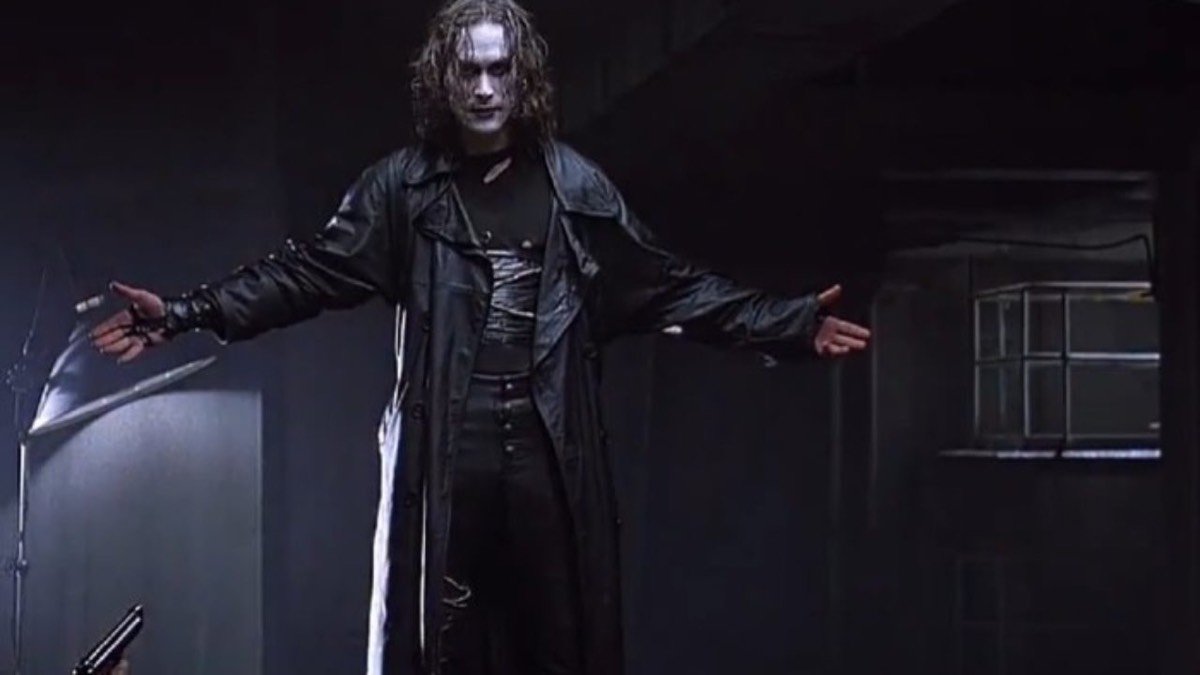A CULTURA MOVEMENT: WHAT IS THE MATRIX?
The Matrix (1999)
The Matrix is known for its emerald-tinted, cyber-punk, soft-club, industrial-dystopian aesthetic. A pillar of late 90s pop culture and the era's unique approach to design and fashion— the first film, in particular, helped set the blueprint for countless movies and subversive adverts that would soon follow.
From leather costumes to the film's soundtrack, the underground club sequences (paired with the black-market trade of CD-Roms) were essential to the film's crystallization alongside cyberpunk kings like Akira and Bladerunner. The Matrix is the final curtain call for pop culture in the 20th century.
Due to the creative timing of its release, The Matrix was able to help shape the "Hacker Aesthetic" (the green numerical sequence of 1's and 0's is most well known as being akin to The Matrix trilogy).
At the start of the new century, corporate technologies became even more robust; meanwhile, hackers like Trinity looked to free people from the automated approaching AI apocalypse in the near horizon.
Neo & trinity - The Matrix (1999)
“The Matrix is the final curtain call for pop culture in the 20th century.”
Underworld (2003)
The Matrix helped bring a long-awaited design philosophy to cinema. The aesthetic would be seen again and again with films like Underworld (2003), Equilibrium (2002), and even X-Men (2000)— such films focused on muted colors, black leather, gunslinging action, and gravity-defying acrobatics; all of which are the epitome of Y2K aesthetics in film.
Of course, this sort of "Angel of Darkness" theme was not new (see Crow - 1994), but in the context of a live-action film, it was, for the time, very fresh.
Crow (1994)
And now, with the official release of a new film: Matrix Resurrections -- we get to revisit that digital simulation all over again. One can only wonder how much will be different this time around?
Matrix Resurrections (2021)
When The Matrix was released in 1999, there weren't any "social media platforms"— At least not any recognizable by today's standards. What did exist, however, were "dot com" websites.
Instead of visiting a brand's Twitter account— you would access that same brand (or movie) through their dot com.
The Matrix and other blockbuster films had a website back in 1999. (And generally, websites were far more experimental and exciting than they are today.) But since then, social media has primarily displaced the role of traditional websites due to the accessibility of mobile apps.
The Matrix Flash Website in 1999
Neo & trinity - The Matrix (1999)
Now that The Matrix series has been "resurrected" with their 4th installment to the series. Users have probably interacted mainly with the film's new website:
thechoiceisyours.whatisthematrix.com
Here, users can choose from the red or blue pill, the iconic symbol of embracing or walking away from the truth.
By clicking these on-screen capsules, a trailer is revealed, one which is different each time you "make a choice."
The Matrix Resurrection (2021)
The Matrix has already brought us back to the early 2000s/late 90s through its website. Through the trailer's countless variations, users are encouraged to visit the website instead of simply interacting with the film's promotional material through social media alone. This promotional technique is, of course, very reminiscent of a time before social media, a time before Facebook (now known as Meta), a time where unique websites and the dot com that followed it were all the rage.
The Matrix Resurrection (2021)
The original Matrix trilogy came before the digital age focused on applications, IG followers, and controversial data leaks— it will be interesting to see how the new film: "Resurrections," will communicate its prophetic message in the current political and technological climate.
One thing is for sure, every fan of the series is expecting it to look very cool. The Matrix was all about its style as much as it was about its bullet-time effects, industry-leading fight sequences, and singularity.
We are very curious to see how a film like this will yet again influence artists, filmmakers, and fashion stylists for decades to come.
Trinity - The Matrix (1999)



